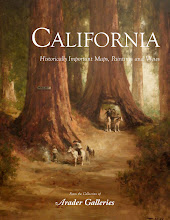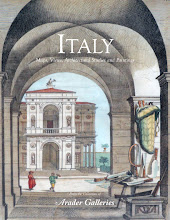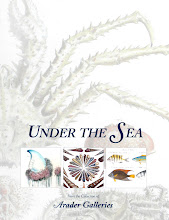
Carleton Watkins
Three Brothers
Yosemite, CA
c. 1861
Thirty years ago, in the fall of 1979, Fraenkel Gallery in San Francisco opened with an exhibition of photographs by noted nineteenth century photographer Carleton Watkins (1829-1916). Those original pieces have since been placed at auction and acquired by different museums nationwide, yet recently twenty-four of Watkins’s photographs, made between 1865 and 1881, were discovered and exhibited at Fraenkel Gallery in Carleton Watkins: Discoveries.
Carleton Watkins was born in upstate New York and arrived in San Francisco in 1851 during the gold rush. Watkins became one of the most important photographers of the nineteenth century, beginning his practice in 1861. He became interested in landscape photography and opened “Yosemite Gallery” on Montgomery Street. Watkins experimented with a number of developing photographic techniques of the time, favoring the “Mammoth Camera,” which used large glass plate negatives and a stereographic camera. Famous for his series of photographs of Yosemite Valley, these glass plates, cameras, tripods, chemicals and equipment had to be carried up and down the mountains, a monumental feat in its self. The contact albumen prints on display at the Fraenkel Gallery, with some exposures taking up to an hour each, include many of these Yosemite images as well as a diptych panorama of San Francisco and images taken in Menlo Park.
Further highlighting the development of California is the exhibition, Incompletely Visible: The Legacy of the Bay Area Missions at The Society of California Pioneers in San Francisco. This exhibition investigates the arrival of Spanish Missionaries to California’s Pacific Coast and the integration of their teachings and practices with those of the Native Americans. The exhibition included photographs of the 21 California Missions, including Mission San Antonio (1880), Mission Santa Barbara (1880) and Mission Santa Clara (1855) by Carleton Watkins; as well as maps, models, clothing, textiles and religious pieces and imagery. The arrangements of these pieces aim to develop the history, purpose and practices of the Missionaries and their effect and influences over the Native Americans. The Spanish Missionaries attempted to convert the Native Americans to Christianity and brought new livestock, fruits, grains and industry; while at the same time introduced diseases that killed thousands and destroyed their cultural traditions and practices.
These two exhibitions, through the use different mediums, inform viewers on the long history and development of California, and the influences that people, culture and technological advancements have had as the state developed. Arader Galleries in San Francisco is proud to have maps of early and modern-day California and engravings of early Native Americans and California Missions.












